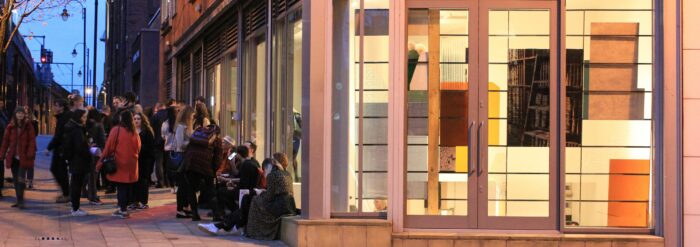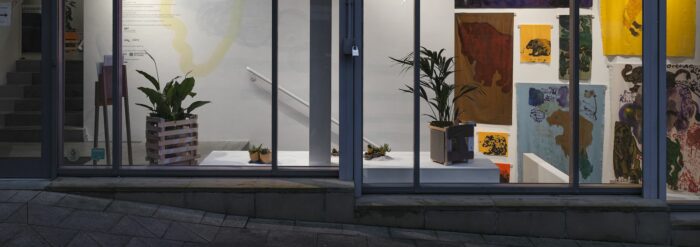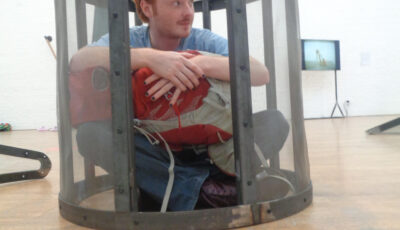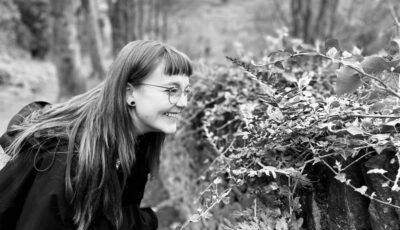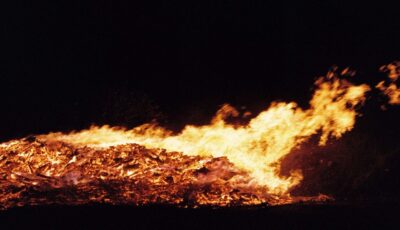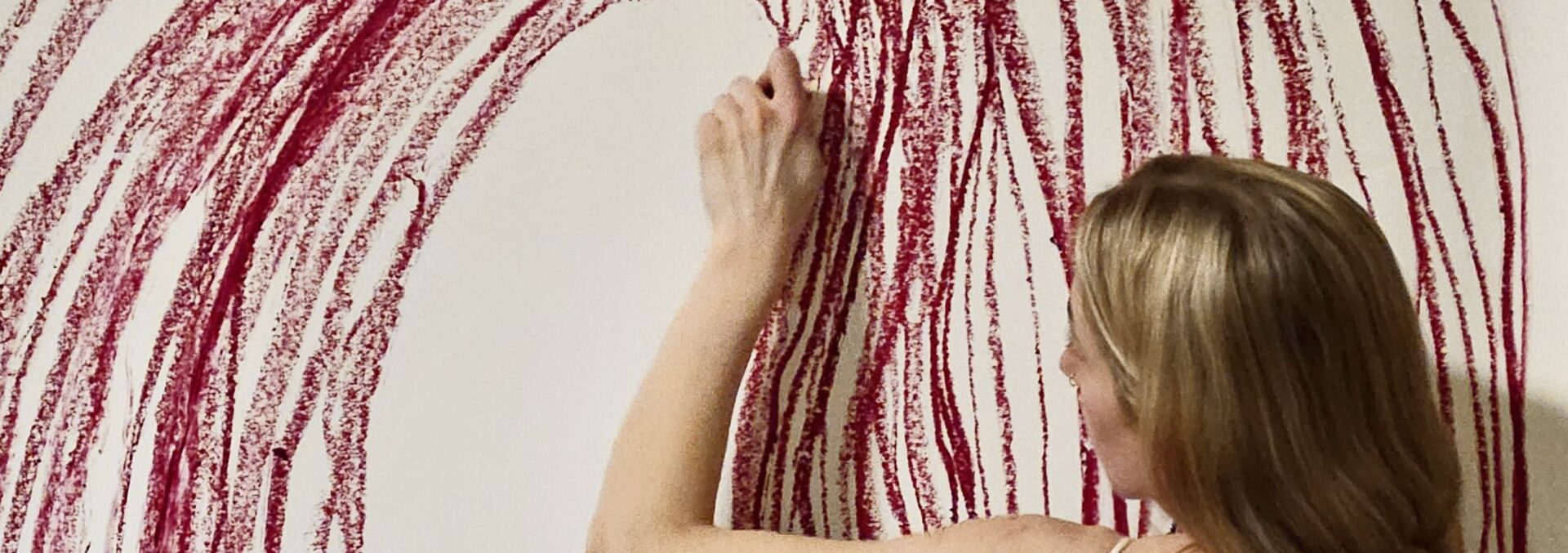
Meet the artists from our graduates support programmes: Keziah Thomas-Mellor
Posted on 25 July 2025
For this series, Maariya Daud, who undertook a placement at Castlefield Gallery, interviewed the artists from our graduates support programmes. Today we are meeting Keziah Thomas-Mellor.
Keziah is one of the 2023-24 Manchester School of Art Castlefield Gallery Graduate Mentees. With a focus on climate change, and the difference between cities and green landscape, her work creates escapism and respite in a time of the ‘chaos of late capitalism’. She explores themes such as class, gender, and landscape.
Who have you been mentored by to date; what do you like about them?
Since graduating I have had the opportunity to get mentored by a variety of speakers and artists through events and workshops Castlefield Gallery has organised for us. But also, by Jade De Montserrat, a research led artist engaging with performance drawing, which mirrors my practice. Jade’s support has been invaluable. We are each offered four sessions with our paired artist mentors. Jade has coaxed me into new avenues of questioning and research, alongside strengthening my professional practice, supporting me to identify and collate various artists, institutions and open calls that my work and I connect with. Jade is incredibly supportive and has helped my understanding and confidence talking about my artwork, approaching institutions and applying for opportunities.
Who (or what) has been the biggest influence on your art to date – and its style?
Since my work grows from personal experiences navigating, walking or climbing across our landscape, some of the biggest influences on my practice stems from my research reflecting upon the connections and history imbued into the land. Books like Feral by George Monbiot or The Living Mountain by Nan Shepard have deeply resonated with myself and my work. Their ability to reflect upon personal experiences within our landscape, revealing the intersectionality of capitalism, colonialism and climate change, completely breaks down our idea of the ‘green and pleasant’ land of the British landscape. On top of this, the central characteristic within my work is my repetitive mark-making, which has spurred me on to research Agnes Martin and the development of female artists within Abstract Expressionism. I was recommended the book by Griselda Pollock, Killing men and Dying women from a 1-2-1 with Gass at Castlefield Gallery which was extremely insightful.
What is your most successful work of yours to date? Was there a long process behind it, a thought process perhaps?
I think it can be quite challenging to measure the ‘success’ of an artwork. Some of my pieces that I am most proud of are Aberech Sands Train Bridge (2024), one of my degree show pieces, and Spirals (2025), which I recently performed at Manchester Art Gallery. Both works engage in performance drawing, though Aberech Sands Train Bridge was almost my first. This work was developed over a longer period unlike Spirals, which is a lot more intuitive. Climbing and walking in nature has been my passion and escape. I wanted to share that moment of connection, risk, and vulnerability through an ephemeral live performance drawing, rebelling against the pressures of our neoliberal society. As Aberech Sands Train Bridge is a 2-hour durational performance (admits the aches and pains in my body after) there is a physical and emotional satisfaction that comes on its completion. Verging on a finale, an acute awareness of fulfilling presence.
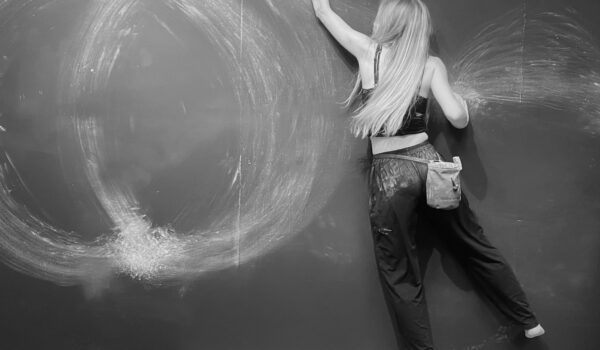
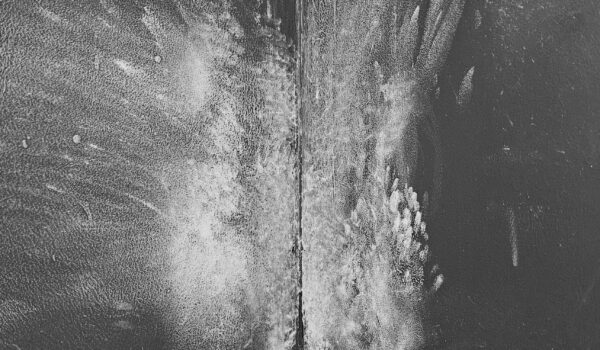
Do you think you had a decisive moment where you realised what your art style was?
Pin pointing the exact eureka moment is hard to nail down. There has been an accumulation of research, ideas and experiments that have amassed to an overarching artistic style, the characteristic repetitive mark-making. Definitively articulating my practice has remained a consistent challenge, as I develop new work, I sway between conceptual to multimedia artist to fit the various materials I work with, such as found materials, drawing and performance. It’s important to consistently reflect upon my work, to support its development and refinement by identifying works working for me, what isn’t and having space and time to identify connections. One moment that has changed how I think about my work is rejecting the pressure of having to produce ‘new’ artwork which has been quite freeing. Developing and refining current or old work can have just as strong of an impact and has encouraged me to understand them at a deeper level. Much like how Lee Krasner would collage old paintings, breathing new life and questions into her abstraction.
How do you feel about your art now, compared to a year ago? How has the mentorship programme changed the way you view your art?
Over the past year, my work has become much more streamlined and refined. This mentorship has deepened my connections across the North. Having the support of Jade and Castlefield Gallery has given me insight to how my work is being read by others, having 1-1 advice sessions has been helpful in encouraging to rigorously question my work and build a strong summary of my artistic practice.
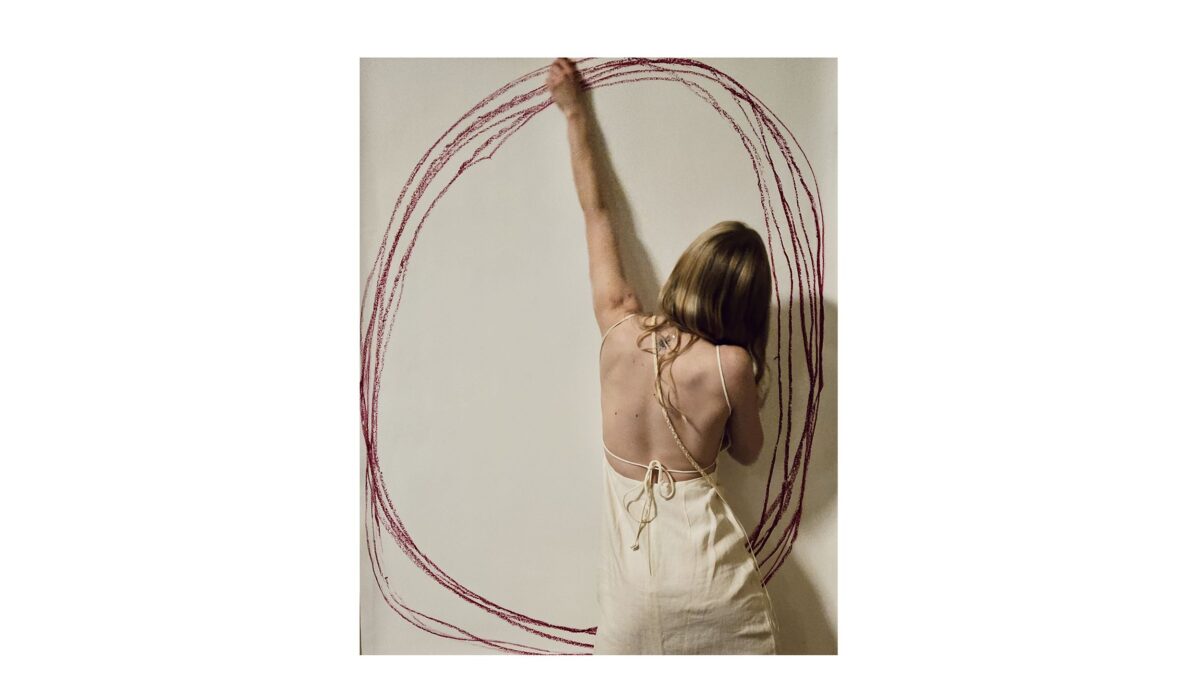
What would you say is/was your biggest artistic or personal challenge – has the mentorship programme helped you to confront and remedy this?
One of the biggest challenging was bridging the gap between higher education and the ‘real’ world in a way, their support and community was incredibly beneficial in mediating this. It’s almost a joke now that creatives end up moving to London to peruse a wider range of opportunities. However, being a Northern working class artist, building connections and supporting the artistic community across the North West has been my passion. The mentorship programme has supported my passion through various visits to different cities, meeting galleries and studio spaces in the various areas, and demystifying the variety of dedicated sites and creatives across the North. The grass is greener where you water it.
What are your plans after the programme? How has it shaped who you are, and where you want to take your art?
Being on the mentorship programme has enabled me to identify goals and resources to access opportunities like residencies or open calls, which also really helped build my confidence, these are all things I will continue to peruse after the programme. On top of this, continuing to remain an associate with Castlefield Gallery for the plethora of opportunities they share within their newsletter, is a wonderful resource. After the programme, I aim apply for residencies. Having Jades input has really encouraged me to broaden my prospects, searching for UK and international opportunities. Alongside planning a variety of events or workshops to directly connect with my local communities and bring all our relationships with nature into a greater harmony and closeness.
Links
Images
Banner:
- Keziah Thomas-Mellor, Spirals, 2025, Manchester Art Gallery.
From left to right, top to bottom:
- Keziah Thomas-Mellor, Aberech Sands Train Bridge, 2024, Bankley Gallery.
- Keziah Thomas-Mellor, Aberech Sands Train Bridge, 2024, Bankley Gallery.
- Keziah Thomas-Mellor, Spirals, 2025, Manchester Art Gallery.
